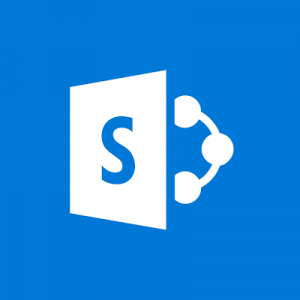So, here is a first way to quickly get an Hello World API working in Azure. It is based on Azure function, PowerShell stack.
Prerequisites
- Access as contributor to an Azure subscription
- Visual Studio Code installed within your device
- Git installed within your device
Overview
We are going to use local Azure Function Core Tools to emulate a function locally and deploy it to azure.For doing that, we need to:
- Download and install .Net 6 SDK
- Download and install Azure Function Core tools
- git clone locally a Hello World sample of a PowerShell Function from Github
- Make it work locally
- Create an empty function App in the Azure Portal
- Deploy the local code to Azure with Visual Studio code
Install .Net 6
Go to the .Net 6 download pageInstall .Net 6
Install Azure Function Core Tools
Click this link to download the installation packageClone the Hello World PowerShell function code from Github
Open a command prompt, locate your DEV directory and execute :git clone https://github.com/dfinke/powershell-azure-function-helloworld.git
Let VS code install the Azure extension
You can then open it in Visual Studio code.Visual studio will ask you to install the extension "Azure Function". Agree, and the extension will be installed and also the other extensions "Azure Resources" and "Azure Account", that allow you to:
Create an empty function into Azure
Then, sign in to Azure using the Azure Account extension.The Azure Resources extension, then, will show you the subscriptions of your tenant.
You can click on the "+" to create a new resource
However, we are rather going to use the portal to create the function, because an Azure function needs to have an unqiue name and the portal can validate if our name is unique.
So, go to the portal, display the rezsources of one of your subscription and start creating a function by clicking the "+" sign.
Then search for function app.
Choose a name that doesn't exist, select powershell for the stack, then accept all the following tabs.
So, go to the portal, display the rezsources of one of your subscription and start creating a function by clicking the "+" sign.
Then search for function app.
Choose a name that doesn't exist, select powershell for the stack, then accept all the following tabs.
When your function creation is complete, click "go to the resource"
You will find the Url of your Function App. And if you click it, it will respond while there is not working API yet.
Go back to your local environment, and, from the command prompt navigate to the code directory
Go back to VS code and right click the subfolder of the code of the PowerShell function : powershell-azure-function-helloworldHttpTrigger
Then, at the bottom of the context menu: "deploy to function App" You can then, choose the subscription where the Azure function you want to deploy to, is: Then, we locate the helloworldfunction1123 we have previously created in Azure: We accept to deploy: And, finally, we can see the deployment in action: And follow it in the Output pane of VS code untill it is complete:
BTW: I had to deploy twice to get it complete. It failled the first time Now, if we go back to Azure portal, we can see our PowerShell function avaolable: If we click on the Name Link of our function, we are redirected to a view where we can get the function Url to call it: and if we paste the link in a browser, our function is responding and sends us the content: We have now an API in Azure based on PowerShell function that we can use for testing purpose, like authentication, MSAL, etc.
Well done!
execute the function locally
Go back to your local environment, and, from the command prompt navigate to the code directory
cd "powershell-azure-function-helloworld"launch the function
func startIf you paste into a browser `http://localhost:7071/api/powershell-azure-function-helloworldHttpTrigger` you will see the function API working locally:
Deploy the function code into Azure
Now that we have an empty function within Azure, we can use VS code to deploy our local code into it.Go back to VS code and right click the subfolder of the code of the PowerShell function : powershell-azure-function-helloworldHttpTrigger
Then, at the bottom of the context menu: "deploy to function App" You can then, choose the subscription where the Azure function you want to deploy to, is: Then, we locate the helloworldfunction1123 we have previously created in Azure: We accept to deploy: And, finally, we can see the deployment in action: And follow it in the Output pane of VS code untill it is complete:
BTW: I had to deploy twice to get it complete. It failled the first time Now, if we go back to Azure portal, we can see our PowerShell function avaolable: If we click on the Name Link of our function, we are redirected to a view where we can get the function Url to call it: and if we paste the link in a browser, our function is responding and sends us the content: We have now an API in Azure based on PowerShell function that we can use for testing purpose, like authentication, MSAL, etc.
Well done!


























No comments:
Post a Comment